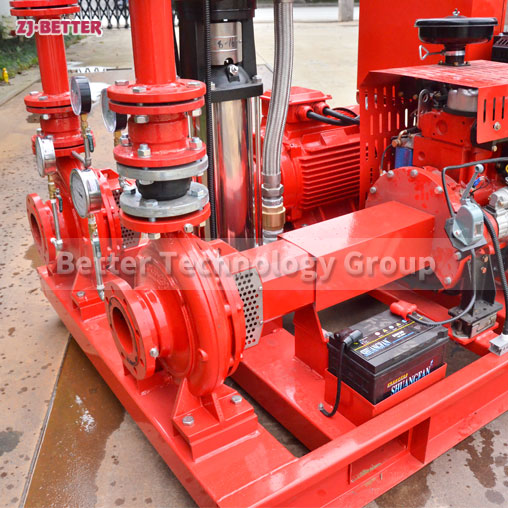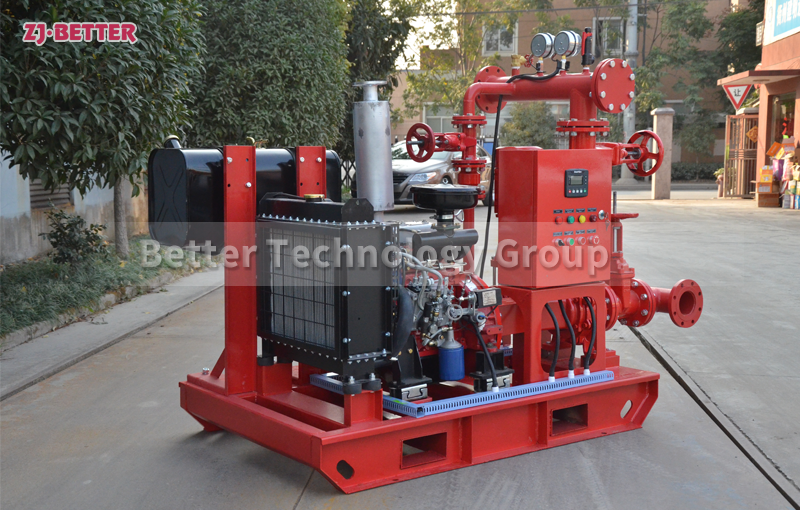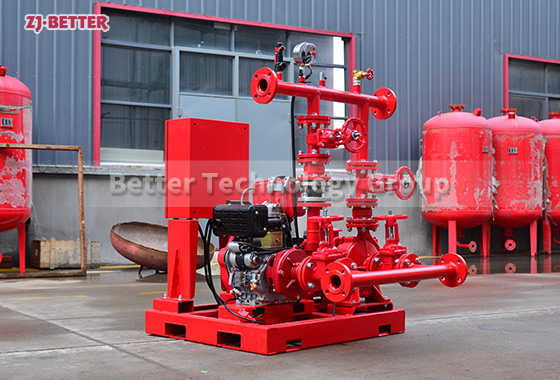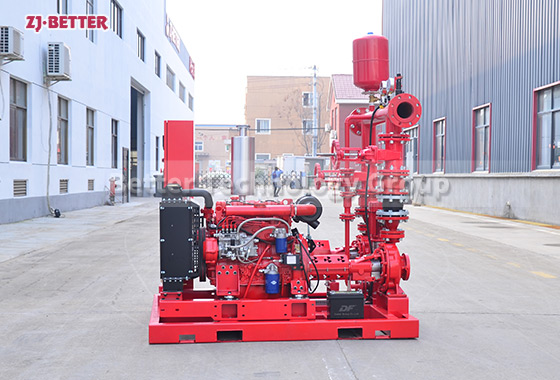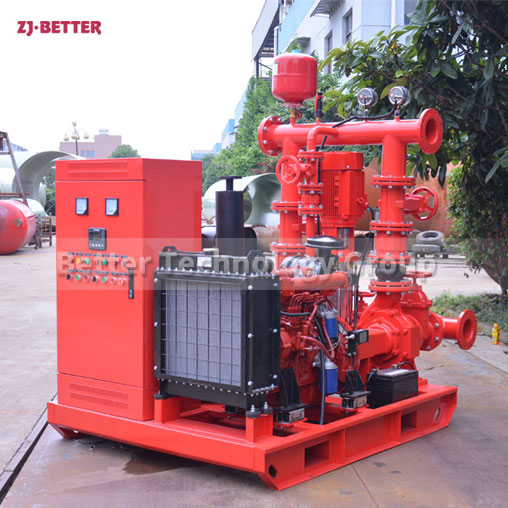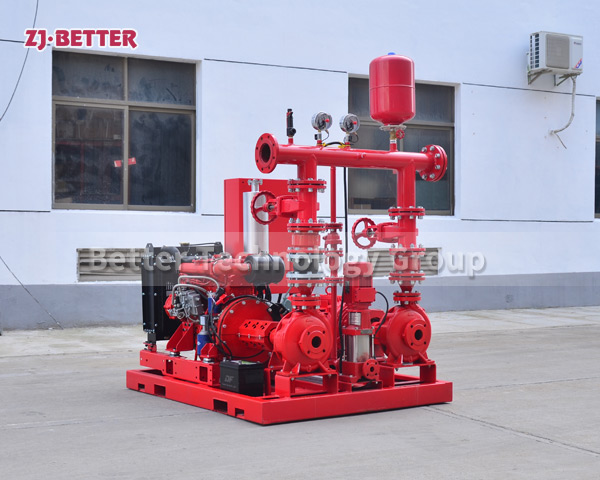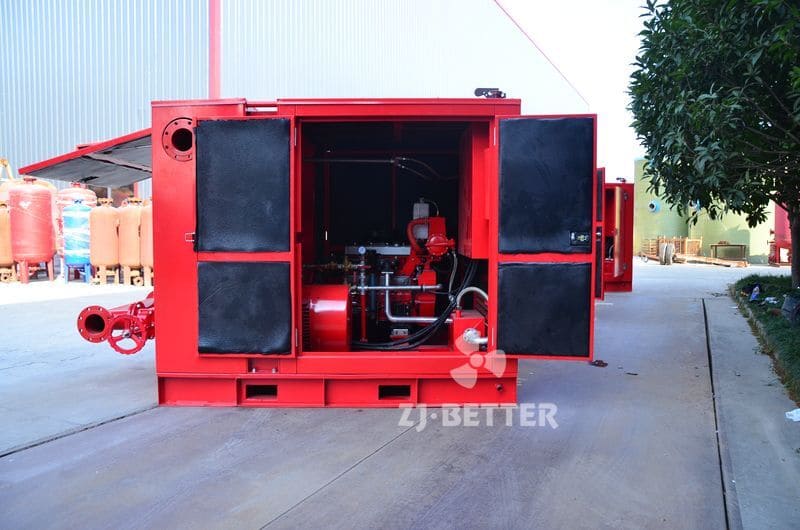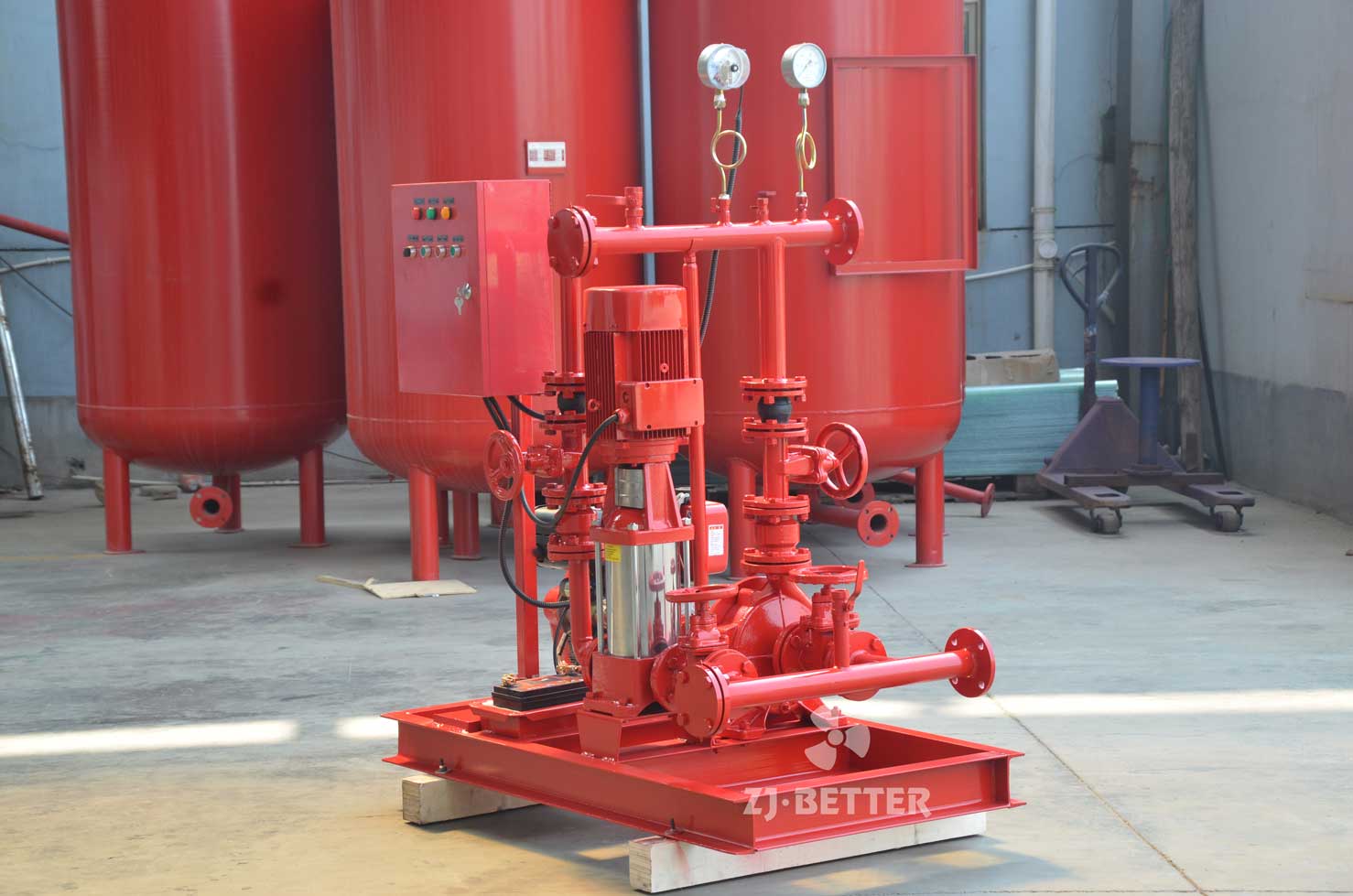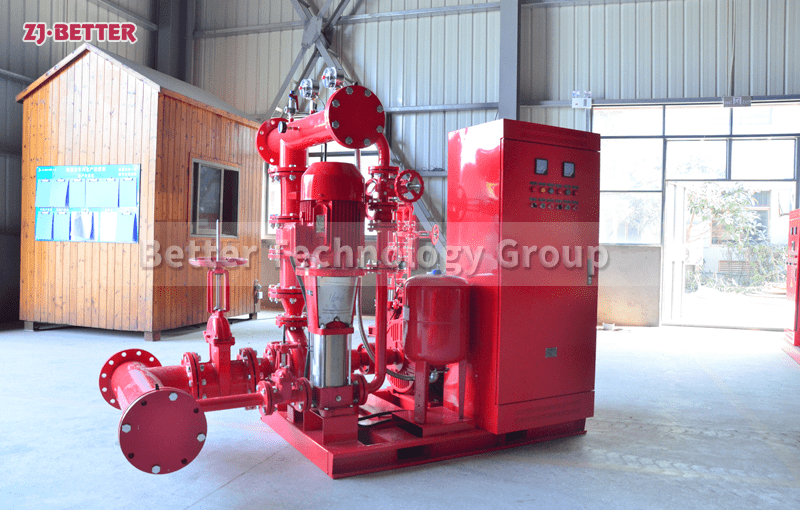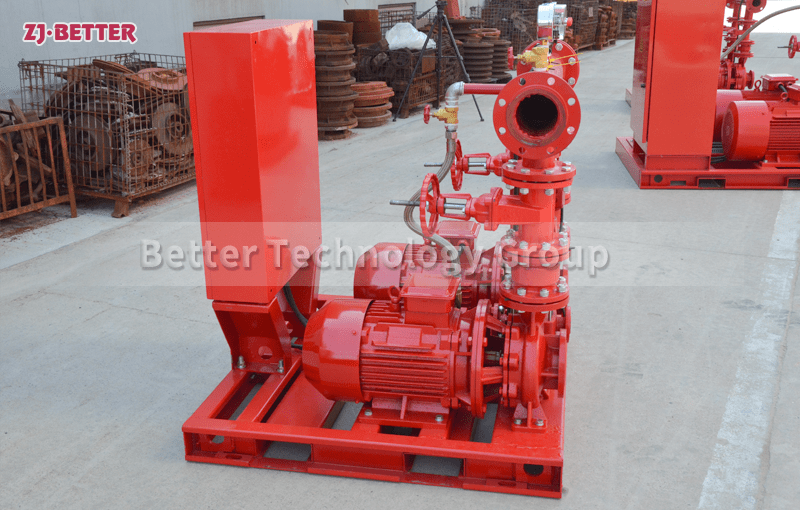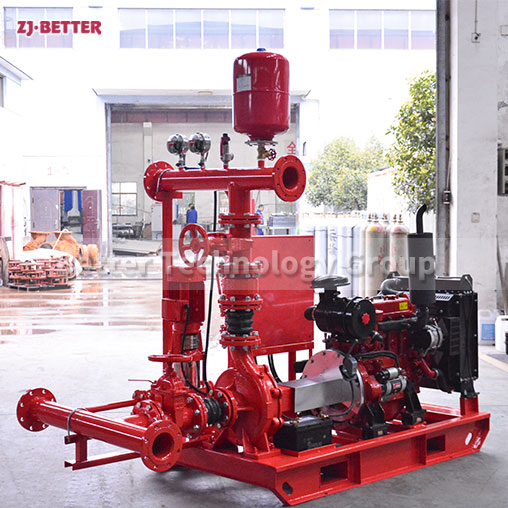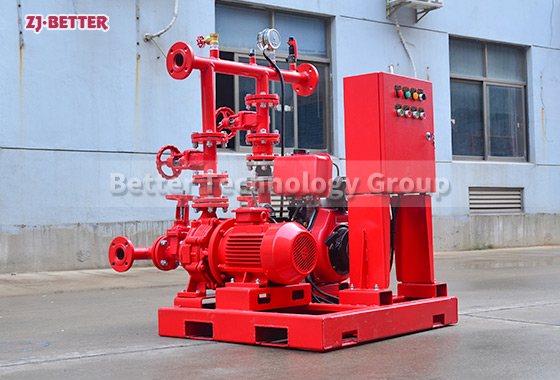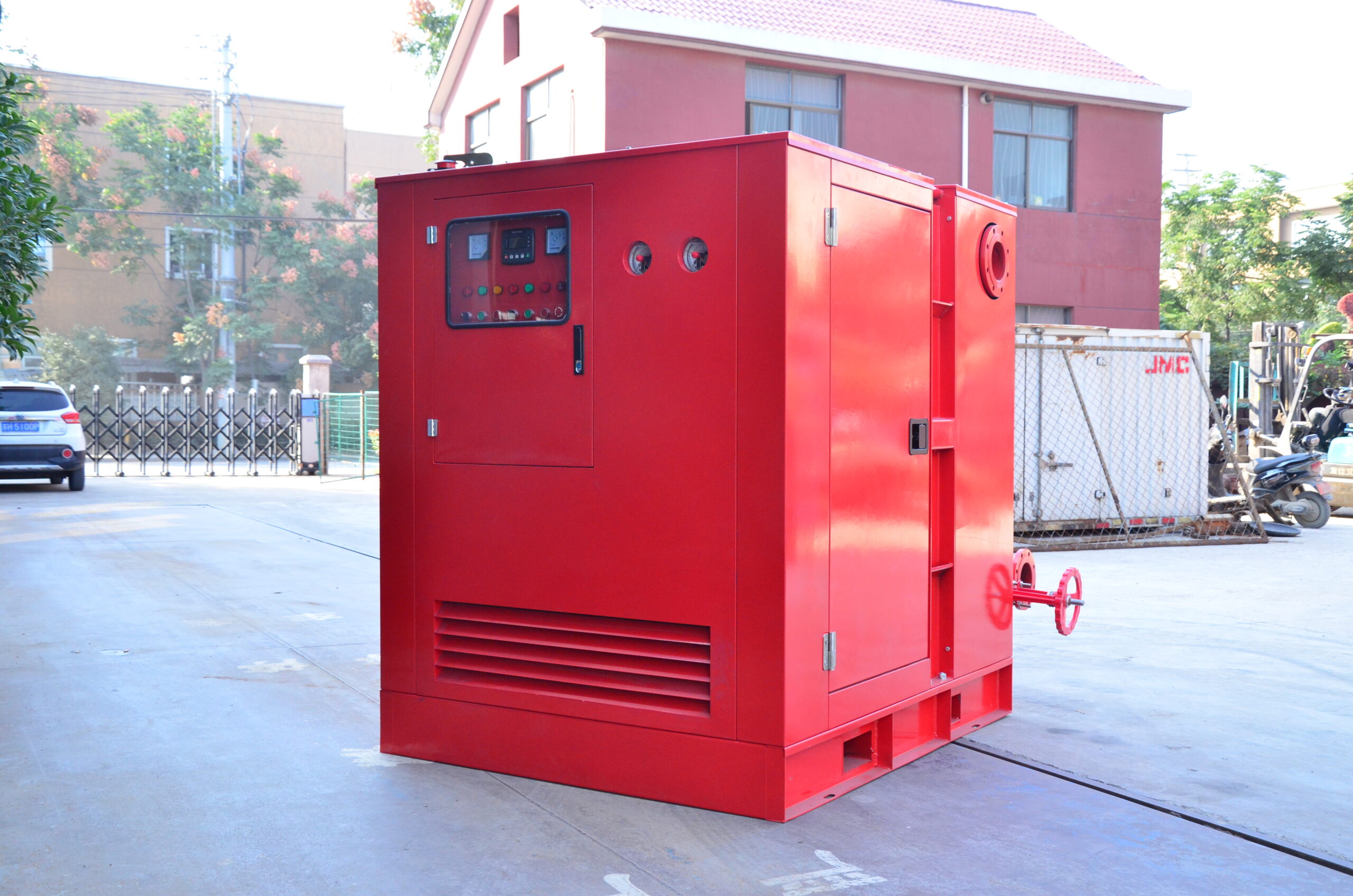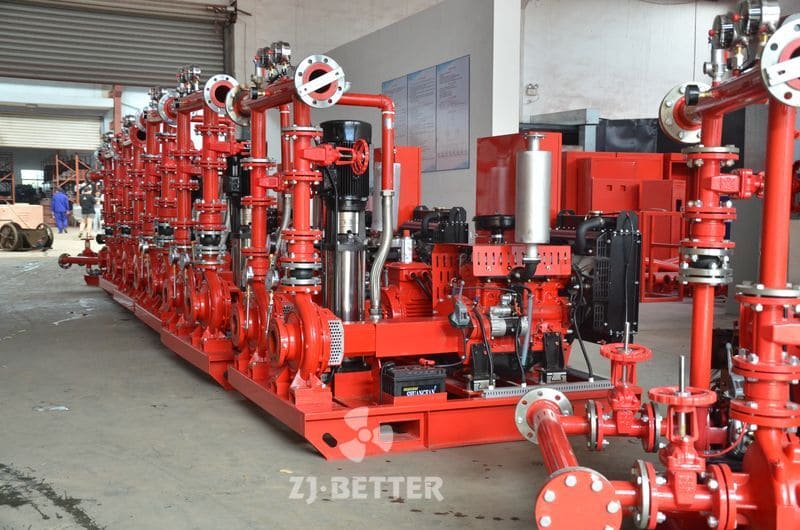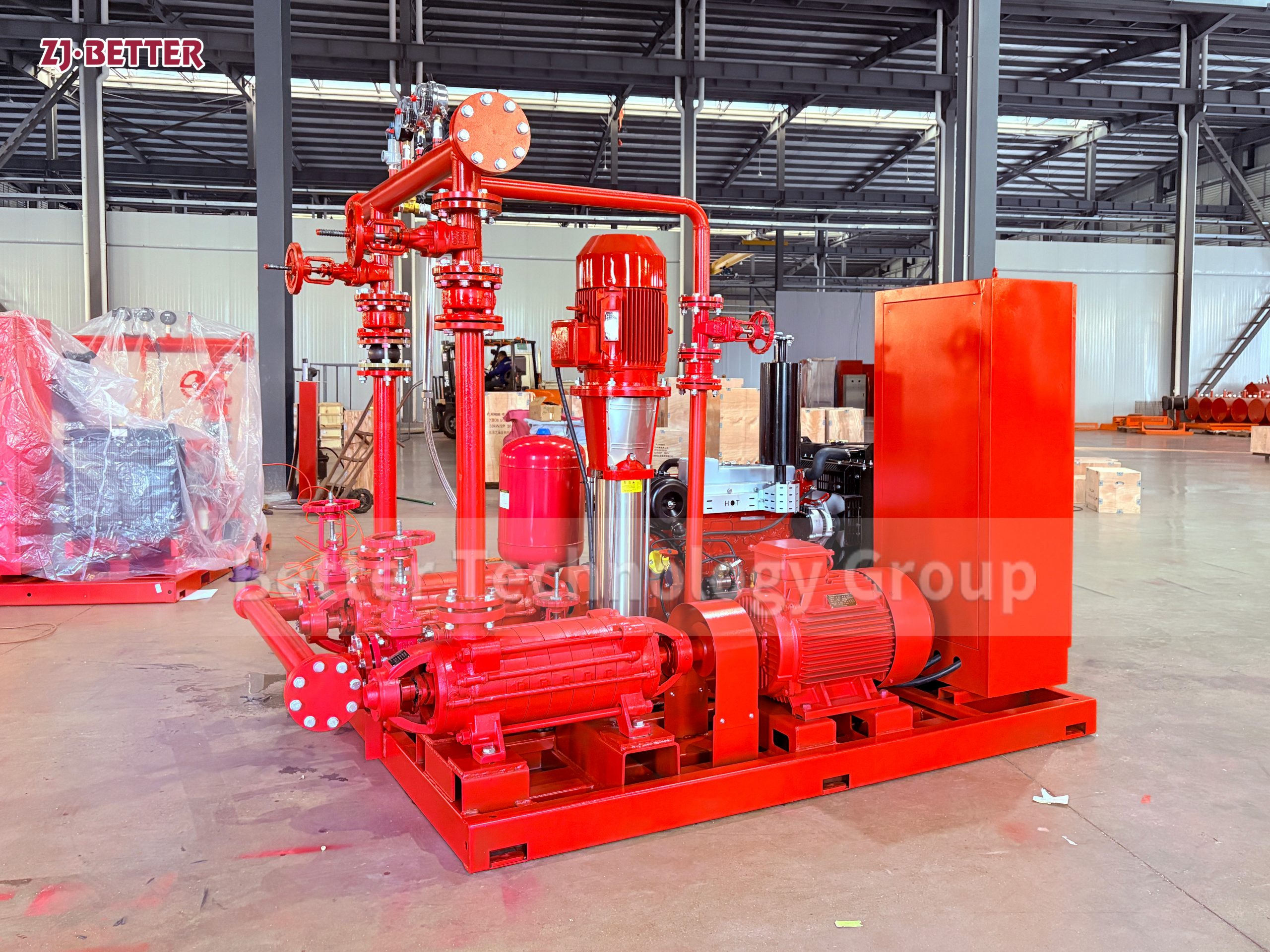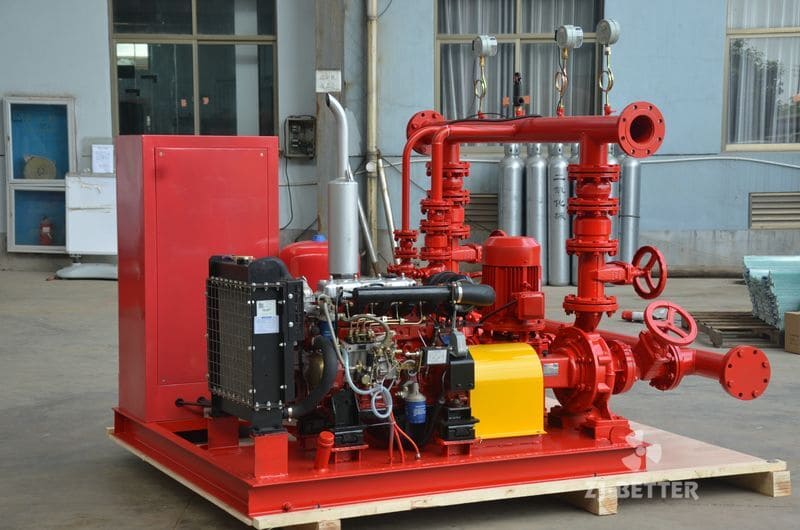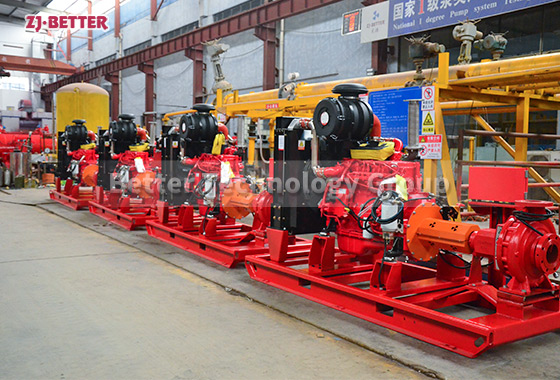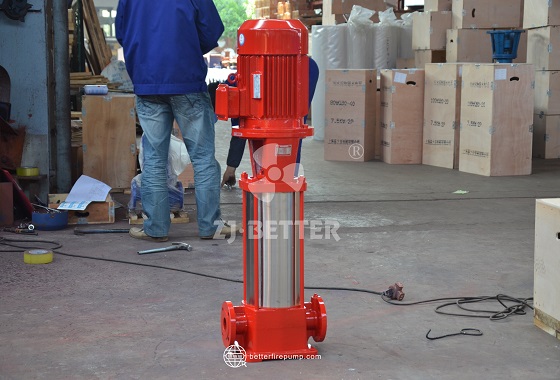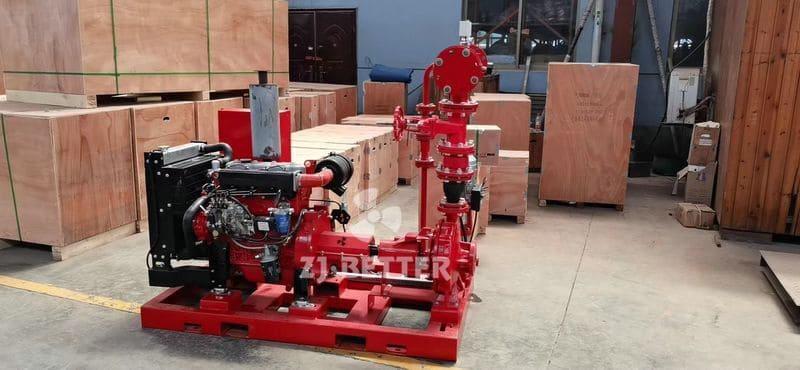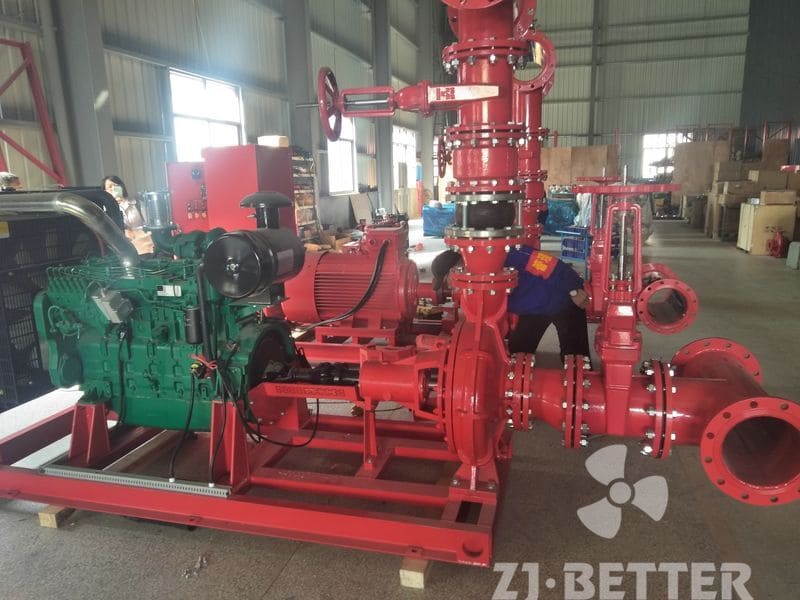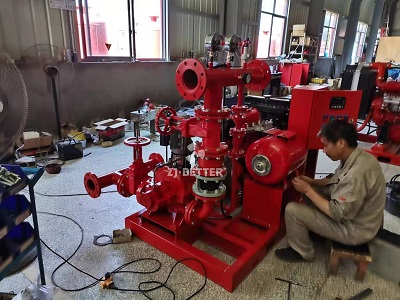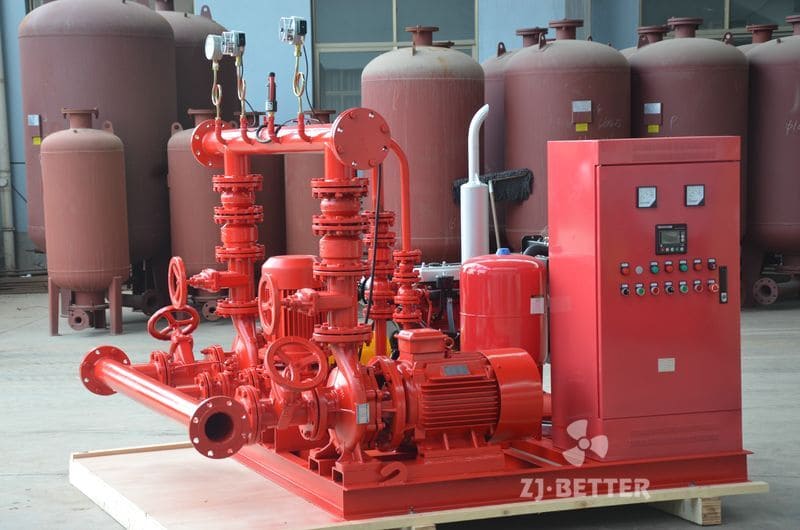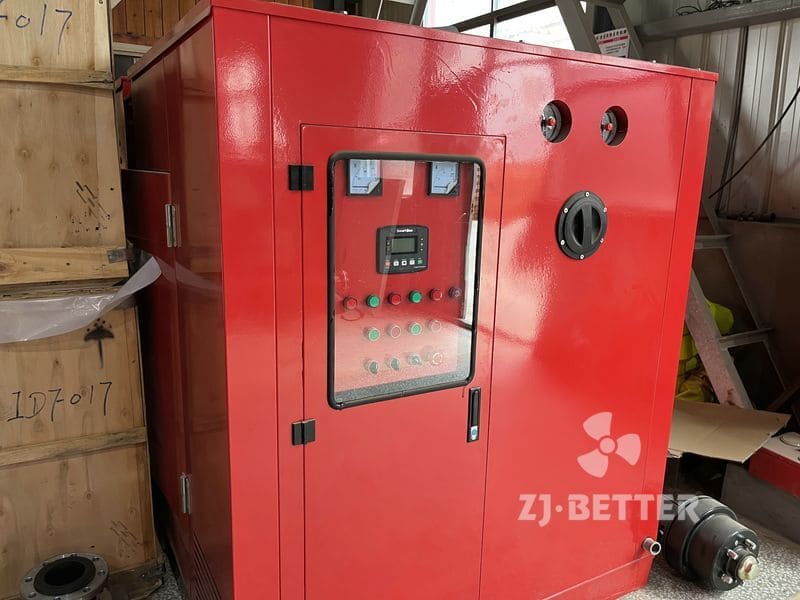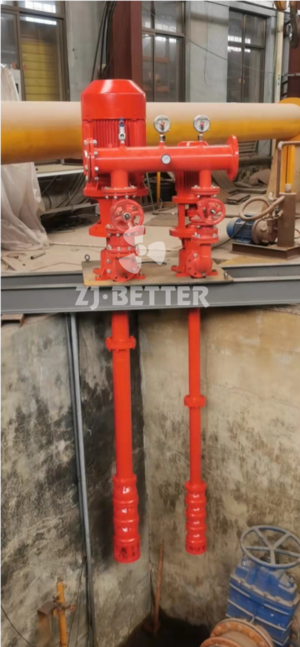Floating impeller axial force tone- balancing device for fire pumps
Floating impeller axial force tone- balancing device
The balancing slice device has two gaps, the radial gap behind the impeller and the axial gap of the balancing slice, because of these two gaps, the balancing slice can automatically acclimate the axial l gap to achieve automatic balance of axial force, and the tableware rotor is in a floating state.
The principle of the balance plate is scattered to the impeller, the impeller back mouth ring radial concurrence below the axial concurrence, this device that’s the same as the balance plate, the conformation of two gaps, only in a different position. Because the impeller has these two gaps to round each other, so that the impeller can also achieve automatic balance of axial forces.
Floating impeller axial force tone- balancing device
The balancing slice device has two gaps, the radial gap behind the impeller and the axial gap of the balancing slice, because of these two gaps, the balancing slice can automatically acclimate the axial l gap to achieve automatic balance of axial force, and the tableware rotor is in a floating state.
The principle of the balance plate is scattered to the impeller, the impeller back mouth ring radial concurrence below the axial concurrence, this device that’s the same as the balance plate, the conformation of two gaps, only in a different position. Because the impeller has these two gaps to round each other, so that the impeller can also achieve automatic balance of axial forces.



